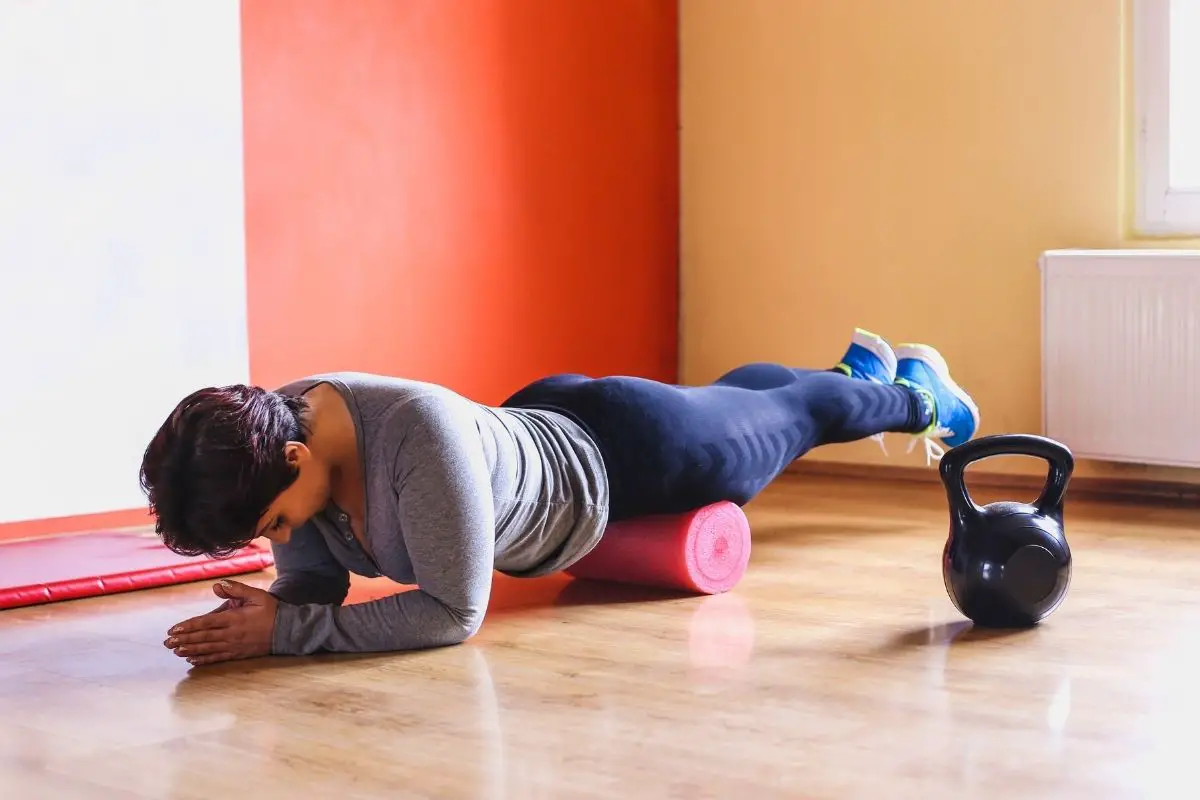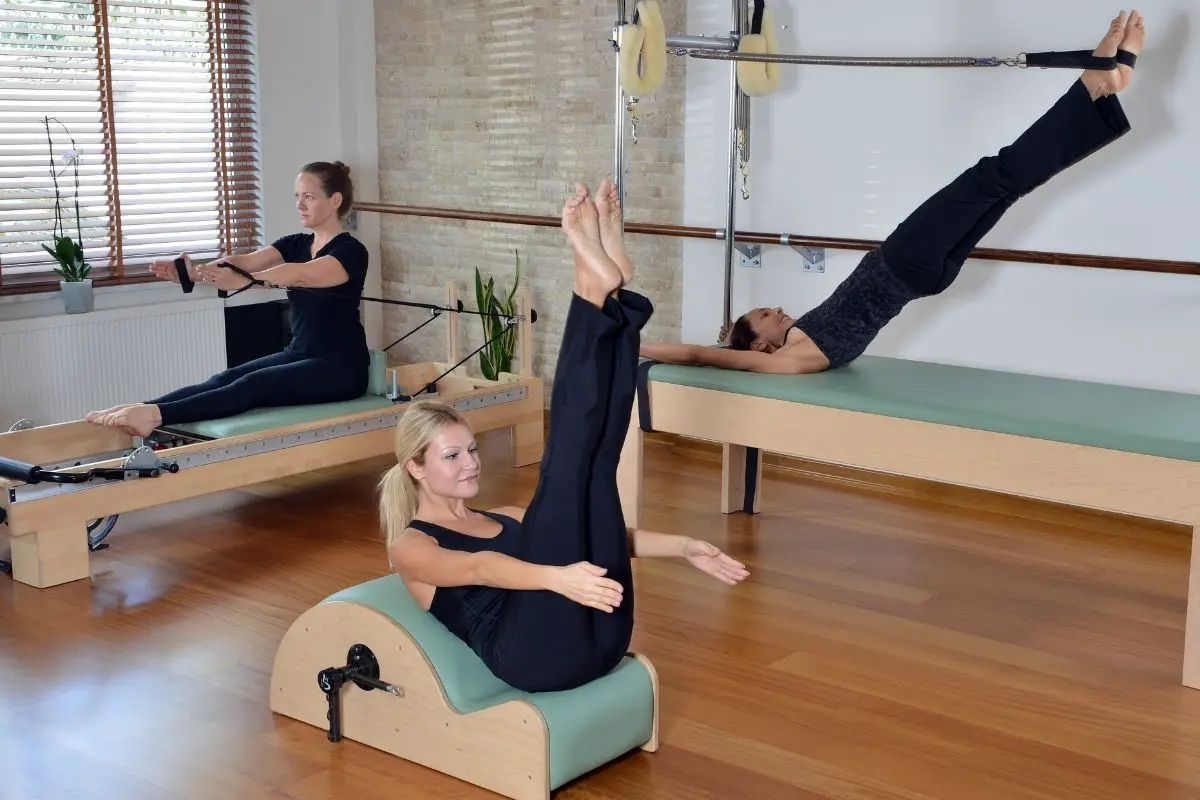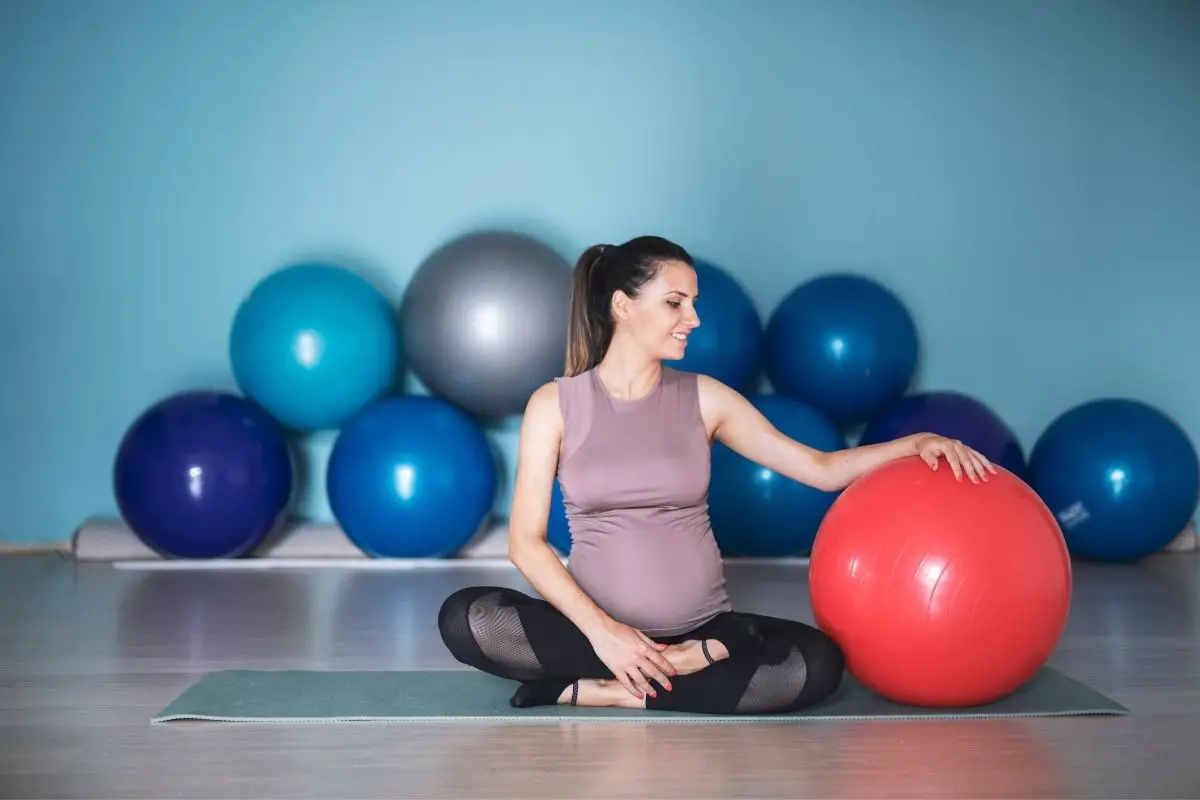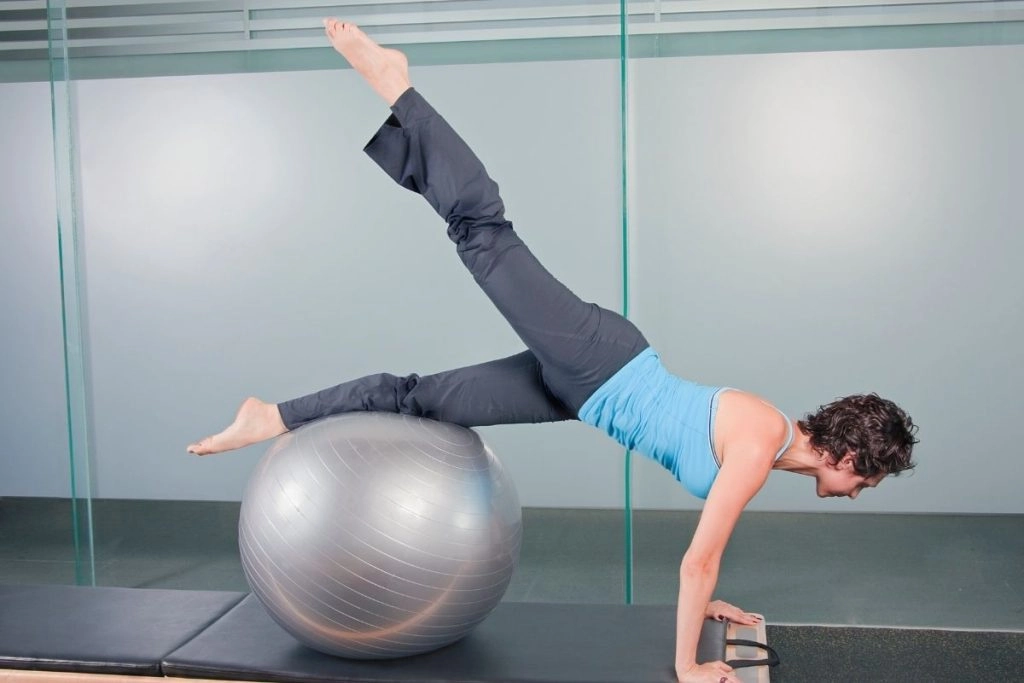How The Stott Method Differs From Traditional Pilates?- Everything You Need To Know
From reformer to mat Pilates, there are so many different types of Pilates that it can be difficult to see the benefits of each.
If you are new to Pilates, you may have seen a few names floating around, such as Stott Pilates. But what exactly is Stott Pilates, and how does it differ to traditional Pilates?
We’ll take a closer look at the Stott method, and find out what makes it unique amongst all the other Pilates types.
What Is Stott Pilates?
What makes Stott Pilates different from traditional Pilates and other types of this workout is that it is focused on alignment and it uses props.

As its creator ballerina Moira Marrithew was recovering from a neck injury, she sought to combine the experience from movement specialists and rehabilitation experts.
That’s why, each Stott Pilates class begins with a gentle warm-up that aims to release back and neck pressure, as well as align the body.
Stott Pilates is based on the traditional method, but it adds the use of props, such as a foam roller and stability ball. This makes it a very powerful technique if you want to improve your balance.
There are a few underlying principles of Stott Pilates, including:
Breathing
The right breathing method allows your blood to circulate better throughout your body. It helps to improve your focus and prevent tension.
Pelvic Placement
Stott Pilates uses a number of imprinted and neutral positions to stabilize the lumbar spine and pelvis.
Ribcage Placement
The position of your ribcage can impact the alignment of your thoracic spine, so Stott Pilates practices make sure that your ribcage is positioned properly.
Head And Neck Placement
The correct placement of your cervical spine will ensure that there is no tension around your neck and head, and it preserves the natural curvature of your spine.
Shoulder Stability
With Stott Pilates, you can stabilize the scapulae in order to prevent any strain in your upper shoulders and neck.
What Is Classical Pilates?
Also called traditional Pilates, classical Pilates refers to the original method of Pilates put down by Joseph Pilates in the 1920s.

Traditional Pilates incorporates transitions between exercises.
As this type of Pilates is very focused on the classic Pilates teachings, this is often an ideal technique for practitioners who enjoy more structure in their workout.
Classical Pilates also uses a resting position, and a posterior pelvic tilt which makes it different to other form of Pilates.
The Difference Between Stott Pilates And Traditional Pilates
Now that you know more about both the traditional and Stott Pilates method, let’s take a look at their differences in more detail.
Approach To Posture And Alignment
One of the biggest differences between Joseph Pilates and the Stott method is how they treat postural alignment.
The classical method works with a flat back or an imprinted spine. In comparison, Stott Pilates is looking to create a neutral spine with a natural curvature.
Saying this, the Stott technique uses the neutral alignment when a foot is on the floor. When both feet are in the air, the imprinted alignment is used.
In both methods, however, the abilities of the student should be considered, and every movement can vary to make the student more comfortable.
The Use Of Props
The traditional Pilates method does not usually use any type of props. One reason for this may be that they simply weren’t available during the lifetime of Joseph Pilates.
In comparison, Stott Pilates uses a wide range of different props, from bands, weights and magic rings. They are strategically used to enhance the exercises.
Many Pilates practitioners of the classical method believe that Joseph would have used props to give his students the best possible training.
Becoming An Instructor
While both the classical and Stott Pilates methods do require their instructors to have certain qualifications, the way to becoming a certified instructor differs.
As Stott Pilates is much more recent, the founders of Stott forged a partnership with fitness professionals across the US to provide plenty of opportunities for anyone who wanted to become an instructor.
This meant that the Stott method was brought to many parts of the globe in a relatively short space of time.
In comparison, classical Pilates instructors could only train in New York City for a very long time. This restricted many practitioners from getting their qualifications with this type of Pilates.
Other Types Of Pilates

The Stott method is undoubtedly one of the most popular Pilates techniques today, but there are also a number of other Pilates types that are available to everyone.
Mat Pilates
As the name suggests, this type of Pilates is done with just your body and a Pilates mat. You do not need any equipment or props.
Mat Pilates focuses on the core strength which makes it ideal for anyone suffering from back pain.
The key movements of mat Pilates are largely based on the classical method.
Reformer Pilates
Reformer Pilates also focuses on the strengthening of the core, similar to mat Pilates. However, it uses a reformer to as a key element for many exercises.
The reformer is a machine with a platform, a set of springs and a bed-like frame. The added resistance from the springs, ropes and straps helps to build greater strength.
This means that reformer Pilates classes are more intense than other types of Pilates, and they are typically only recommended for everyone who has had some previous experience with Pilates.
Contemporary Pilates
Although this type of Pilates is based on the classical system, each class will vary depending on the qualifications of the individual instructor.
Each instructor will have a different focus, and apply this to his/her Pilates practice. This makes contemporary Pilates a little more experimental.
Also, this Pilates method is also often based on the latest research when it comes to enhancing any body workout.
This means that those who may have tried traditional Pilates and feel like they are not quite happy with it, contemporary Pilates provides a good alternative.
Winsor Pilates
Made famous by the well-known Pilates instructor Mari Winsor, the Winsor Pilates method involves a number of different workout videos.
These videos focus on shaping the body and losing weight with a mix of classical Pilates training.
There are a number of different mat movements, including the Single Leg circle and the Roll-U, as well as other workouts.
As you do not need to go to a Pilates studio, you can do this method from the comfort of your home (though this also applies to some other Pilates methods mentioned above.
Final Thoughts
Stott Pilates is a widely available type of Pilates, and thanks to its great popularity, it has become as one of the best known Pilates methods in the world.





